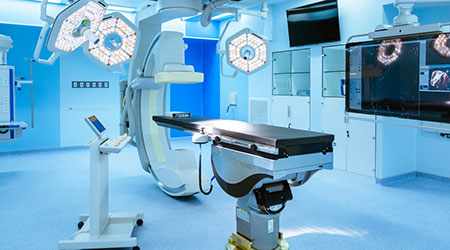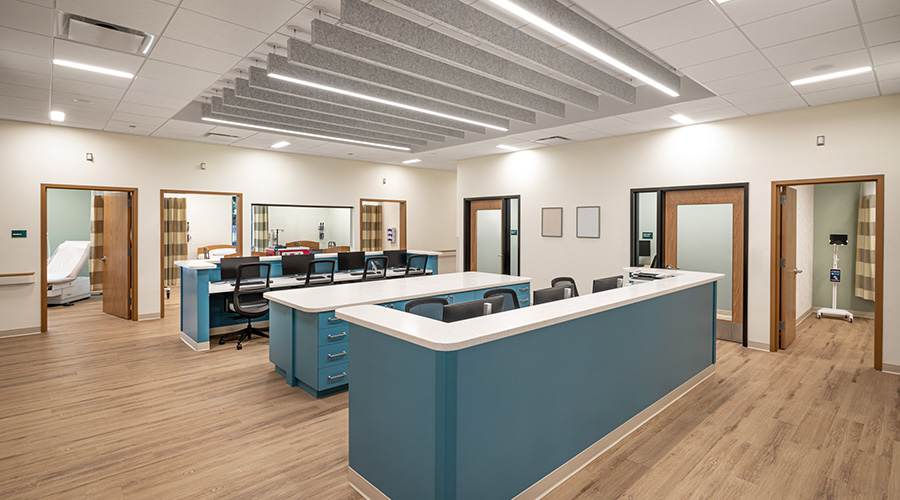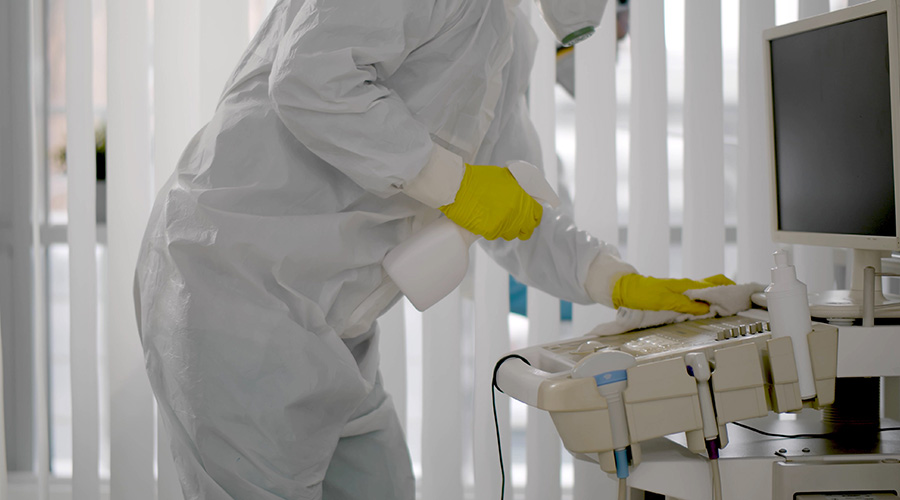Q: Our facility has an operating room and clean core area which are separated from the remainder of the building by one-hour construction. We were recently cited for not having one-hour fire separation between the operating rooms and clean core area. The clean core area is more than 100 square feet, contains combustible storage (gauze, plastic wrapped instruments, etc.) on open shelves, is regularly occupied, and has non-latching doors into the operating rooms. The building is protected by automatic sprinklers.
Are we really required to provide fire separation between the two spaces? If both the operating room and clean core are treated as hazardous areas could we eliminate the fire separation requirement between the two space? Would the separation requirement apply to procedure rooms with large quantities of combustible storage?
A: Yes, the requirement to have separation barriers does apply to procedure rooms and core areas. You ask if you can designate the operating room as a hazardous area and therefore not have to provide separation between the core area and the OR. The answer to that question is… it depends.
It depends mainly on the authority having jurisdiction performing the inspection. Some AHJs will allow an OR to be classified as a hazardous area, and some will not. Some AHJs believe anywhere where a patient is located should not be considered a hazardous area.
To be sure, the Life Safety Code does not have specific language that prevents the OR from being classified as a hazardous area, but there are subtle overtures in the LSC that imply patients should not be in a hazardous area, such as section 19.2.5.7.1.3 (A) of the 2012 LSC. It really is up to the AHJ who cited you for the deficiency. I suggest you submit a Plan of Correction to them that says the OR is a hazardous area and see if they accept that.
Brad Keyes, CHSP, is the owner of KEYES Life Safety Compliance, and his expertise is in the management of the Life Safety Program, including the Environment of Care and Emergency Management programs.

 Why Identity Governance Is Becoming a Facilities Management Issue
Why Identity Governance Is Becoming a Facilities Management Issue Habitat Health Opens South Los Angeles PACE Center
Habitat Health Opens South Los Angeles PACE Center Denton County MHMR Center Suffers a Data Breach
Denton County MHMR Center Suffers a Data Breach What Every EVS Leader Needs To Know
What Every EVS Leader Needs To Know Blackbird Health Opens New Clinic in New Jersey
Blackbird Health Opens New Clinic in New Jersey